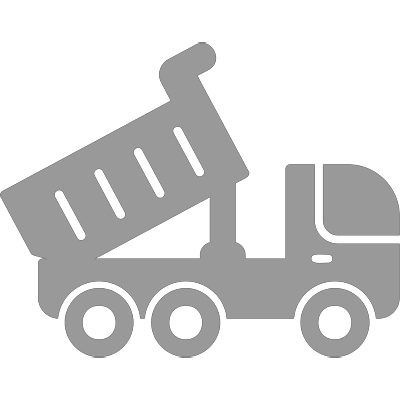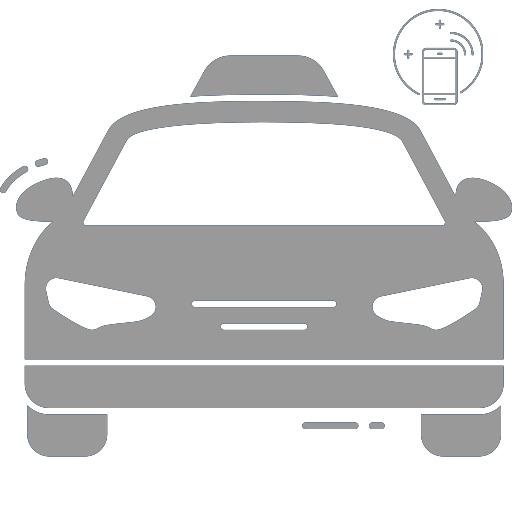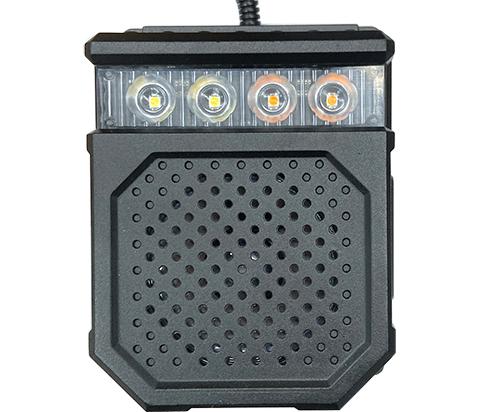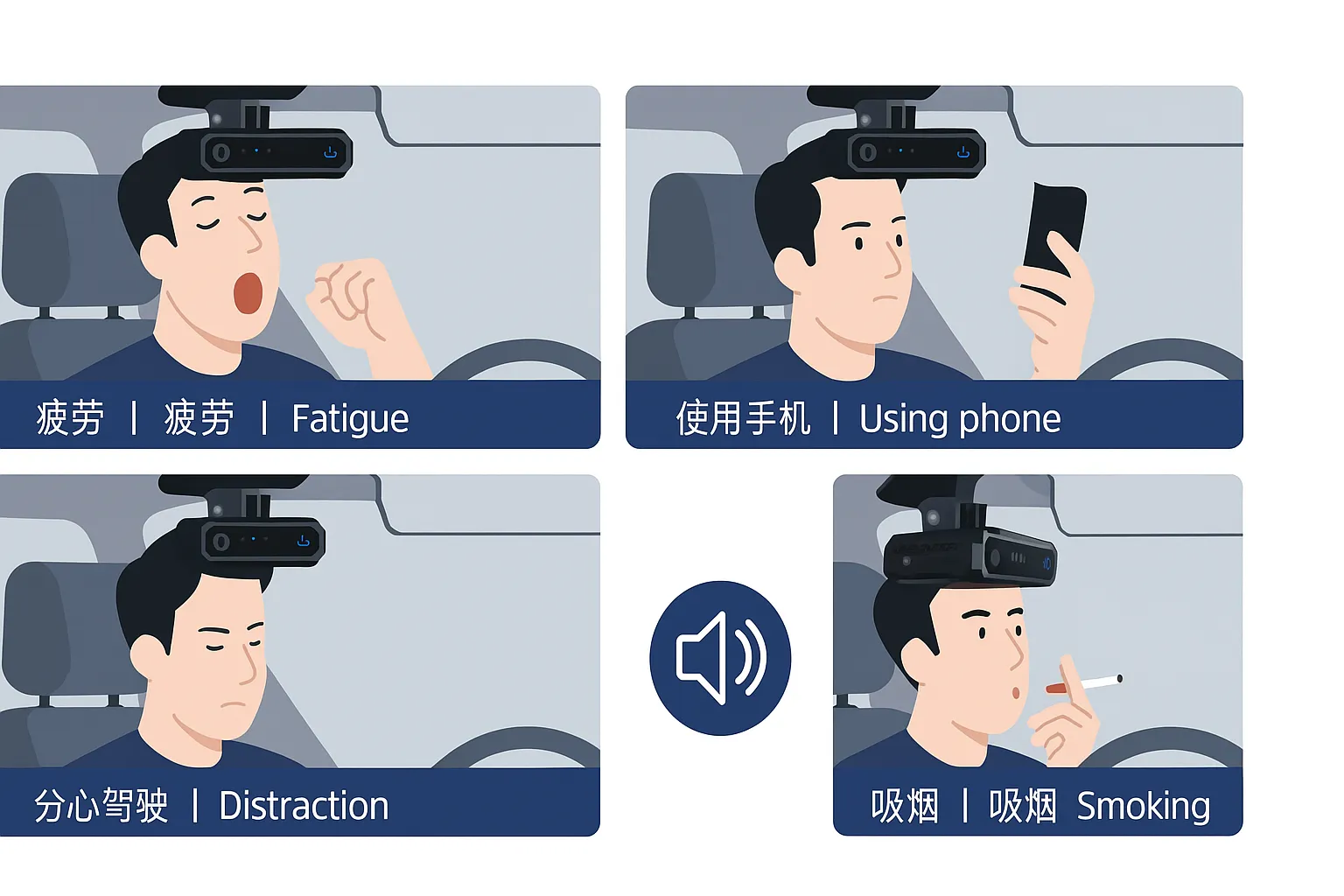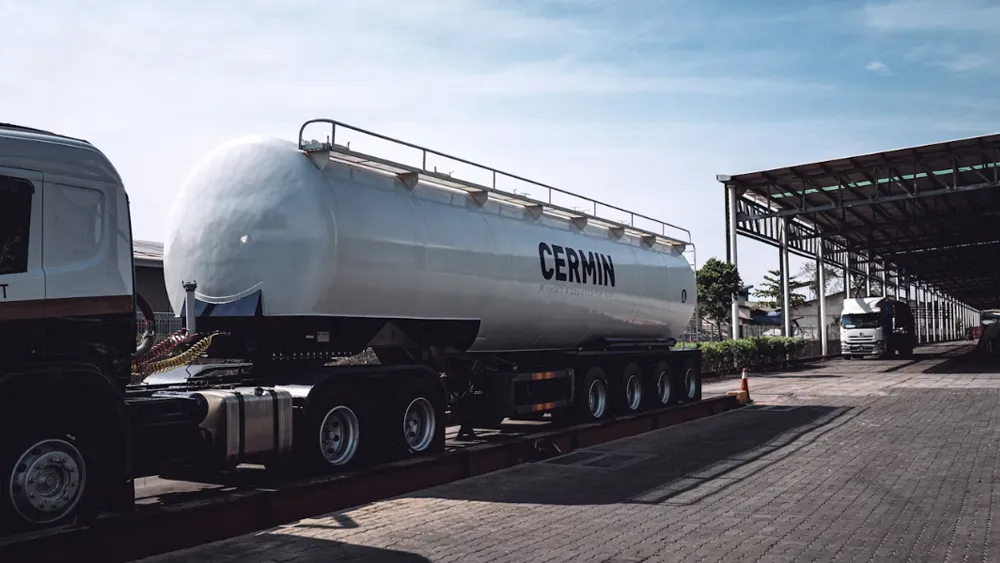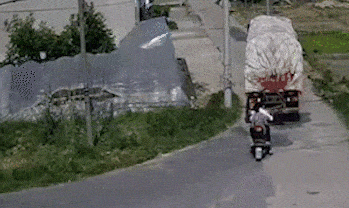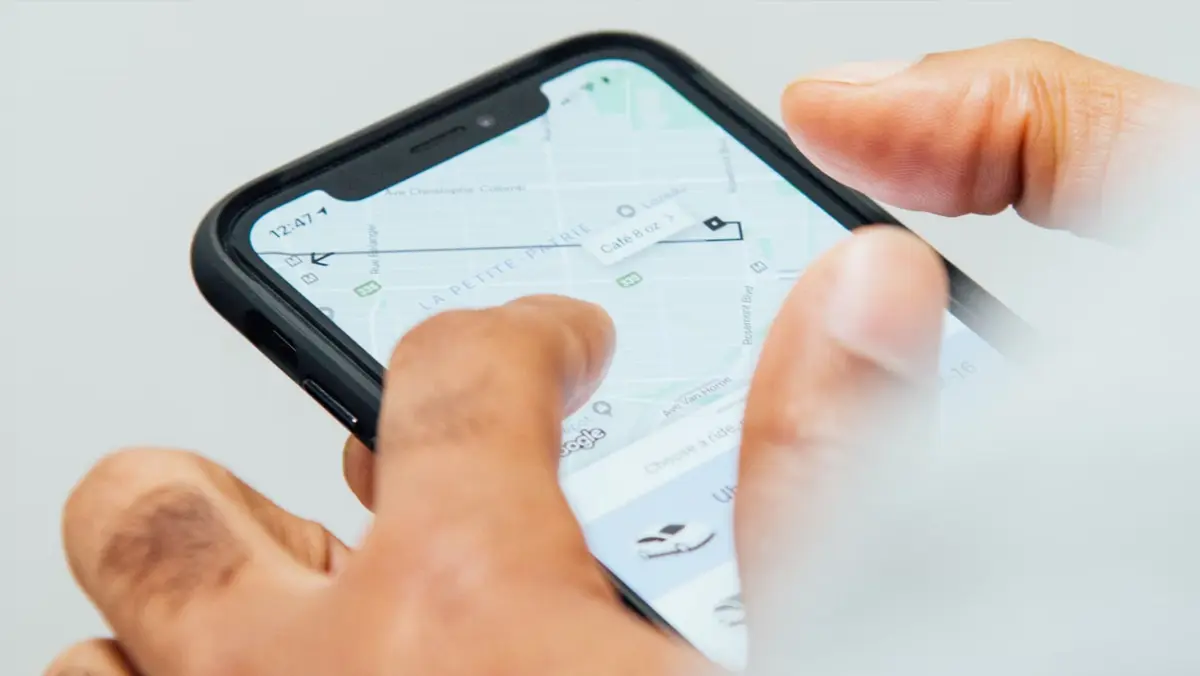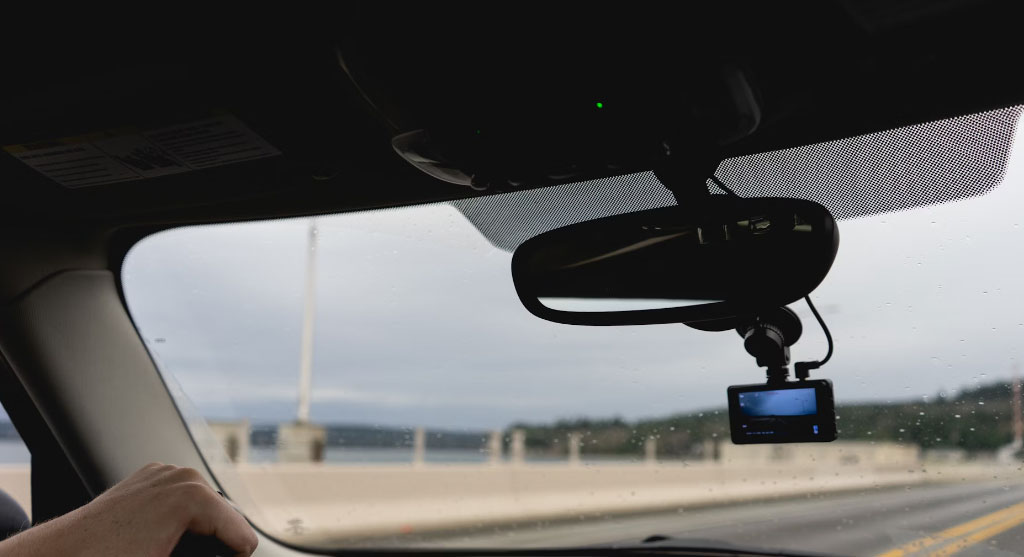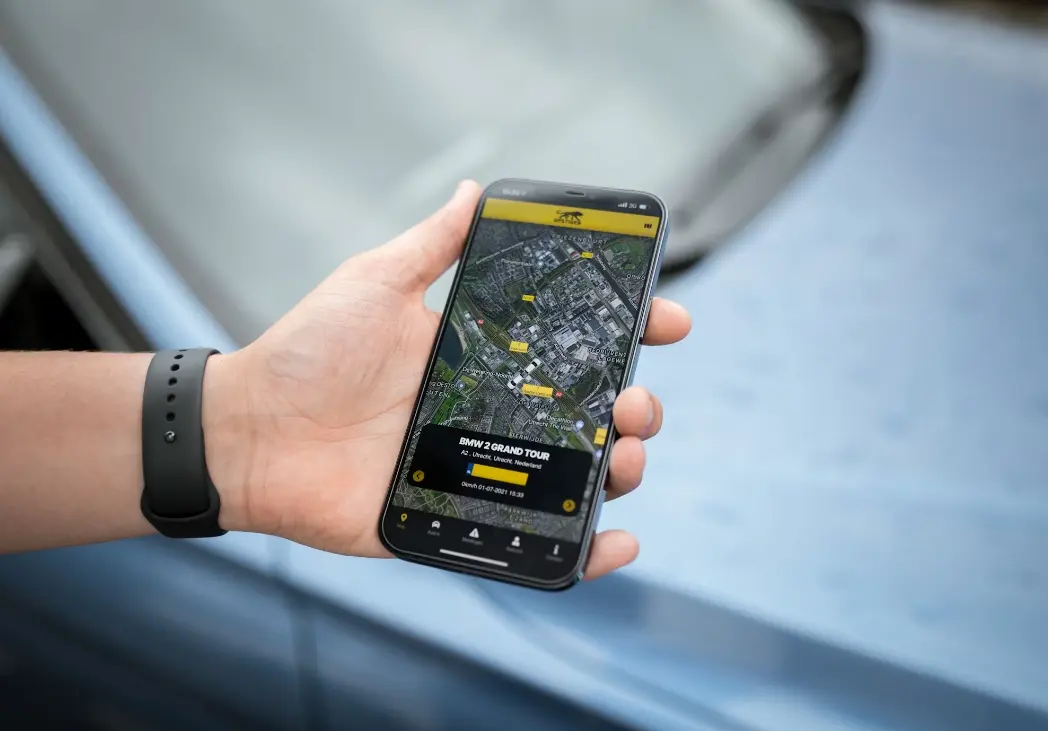Bus Safety Monitoring Camera System
Bus Safety Monitoring Camera System
Today, public transportation, such as trams, trolleybuses, and city buses, has become a primary mode of daily transport in many countries. However, with the development of modern urban transportation, several challenges have emerged as significant concerns for all stakeholders involved:

1. Safety: In the event of violent incidents or traffic accidents, the safety of passengers on board is not guaranteed.
2. Real-time Information: There is an inability to effectively monitor the condition of vehicles on the road and driver behavior, which hinders preventive measures.
3. Investigation: When vehicles are damaged, there is a lack of evidence for investigations and insurance claims.
4. Fleet Dispatching: Delays in scheduled services occur more frequently.
As an innovative provider of onboard information solutions, YUWEI has been dedicated to the public transportation industry since 1998, offering leading onboard information solutions. To address these challenges in public transportation, we offer a full range of products, including:
- Onboard Video Surveillance Solutions: These include onboard DVRs, various types of cameras, and driver monitors.
YUWEI's solutions have been deployed in numerous domestic and international projects for many years. Our independently developed web and Windows platforms enable real-time video monitoring, intercom, broadcasting, video query, playback, and downloading. Through years of practice, the cost-effectiveness and stability of our solutions have been well-validated.
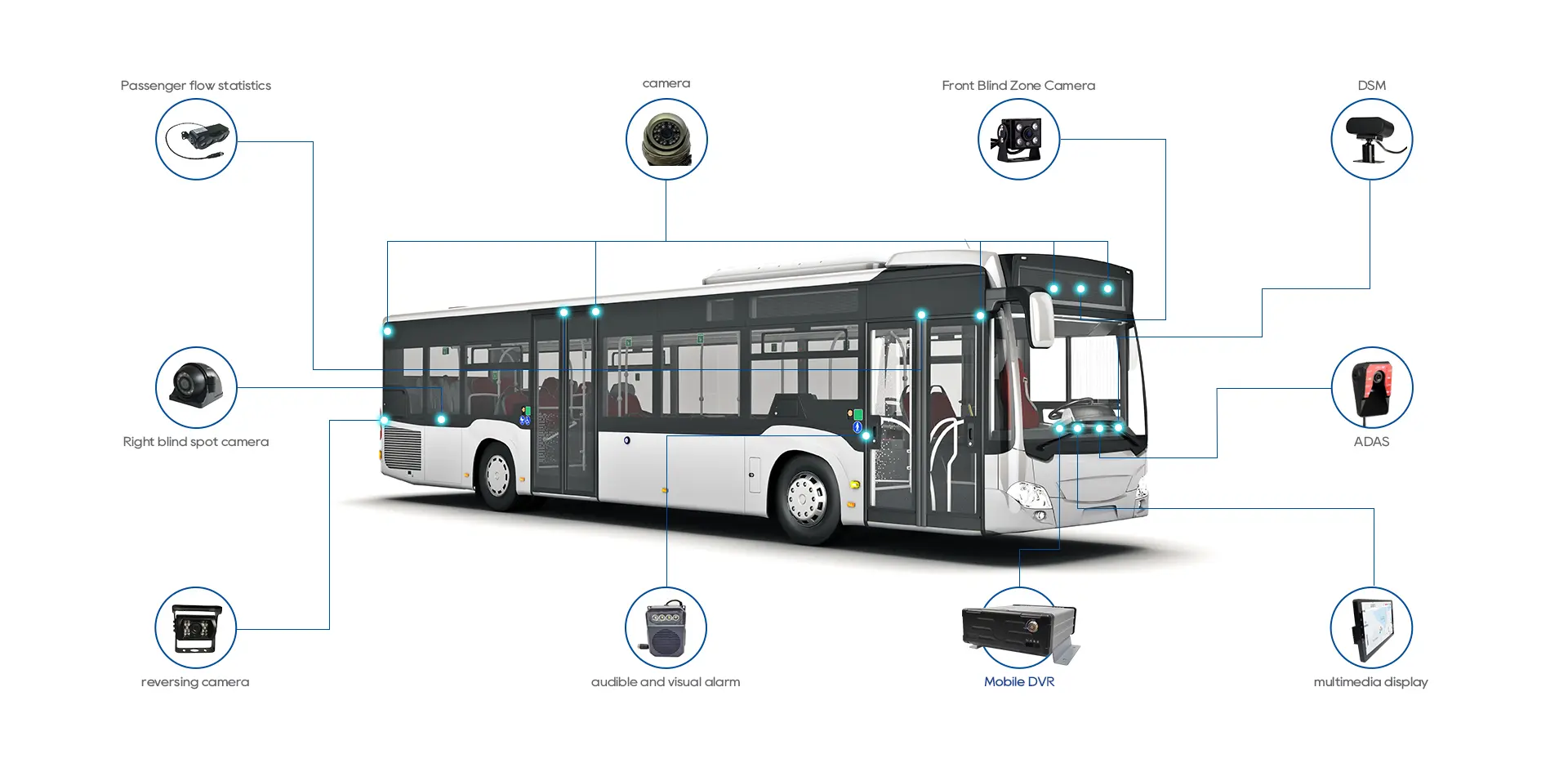
- ADAS and DMS Systems: These systems provide high-precision monitoring of driver behavior to prevent accidents and assist in effective vehicle control.
- YUWEI Uninterruptible Power Supply (UPS) System: The YUWEI UPS features a unique product design, utilizing high-quality batteries that can provide up to 8 hours of stable, clean current/voltage output. This stabilizes the power supply to onboard equipment, especially in emergencies involving older public transportation vehicles. Additionally, it features a unique LED indicator that displays battery capacity during charging/discharging, a pioneering design in this field.
- Built-in Bus Scheduling and Dispatch System: Supported by software and LED screens, YUWEI's solution can display real-time vehicle stops/routes, helping you easily manage fleet movement and dispatching through the software.
- A Wide Range of Peripheral Accessories: Through years of deployment, our system can be widely applied to extended accessories such as fuel sensors, temperature sensors, card readers, LED advertising screens, and OBD systems.
Email:hello@yuweitek.com
More:Backup Camera System | Truck Fleet Telematics | Truck Dash Camera















